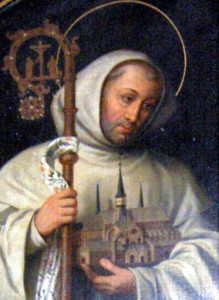
St. Bernard of Clairvaux (1090-1153)
Image: SQPN
(CNA) Born into the nobility in France Burgundy, Bernard was educated at the age of 9 at the renowned school at Chattillon-sur-Seine according to EWTN maintained by the Secular Canons of Saint Vorles — Bernard developed a fondness of literature and devoted himself for sometime to poetry, his success in his studies won him the admiration of his Master and his growth in a virtuous life was no less marked.
In the year 1111 at the age of 20, Bernard left home to join the Monastic community at Citeaux according to Franciscan Media his 5 brothers, 2 uncles and some 30 young friends would follow him into the Monastery. After only 3 years, Bernard was sent with 12 other Monks to establish a new Monastery in the Diocese of Champagne, which became known as the Clairvaux (Valley of Light) he would subsequently lead other Monks there as the Abbot, where he would spend the rest of his life.
Bernard was quite zealous according to Franciscan Media and quite demanding but much more so on himself than others–Following an illness, he learned to be more patient with others and understanding.
The influence as Abbot of Clairvaux was soon felt in Provincial affairs according to EWTN with Bernard defending the rights of the Church against the encroachments of government (we need a St. Bernard of Clairvaux today — Please pray for us! — I digress) more-and-more, he was called away from the Monastery to help to settle long-standing disputes according to Franciscan Media and on more than one occasion, he apparently stepped on some sensitive toes in Rome.
Bernard was completely dedicated to the primacy of the Roman See–In reply to a letter of warning from Rome, he said that the Good Fathers had enough to do to keep the Church in one piece and if any matters arose that warranted their interest he would be the first to let them know. Shortly thereafter, Bernard became involved in a full blown schism and settled it in favor of the Roman Pontiff against the anti-pope.
The Holy See prevailed on Bernard to preach the ‘Second Crusade’ throughout Europe, his eloquence was so overwhelming that a great army was assembled and the success of the crusade seemed assured however, the ideals of the men and their leaders were not those of Abbott Bernard and the endeavor ended as a complete military and moral disaster which Bernard felt responsible in some way for which hastened his death which came on this date in 1153 at the Clairvaux Abbey in France.
Bernard in his lifetime founded 163 Monasteries according to EWTN in different parts of Europe and wrote a number of books available at Amazon.com these include: Homilies on the Gospel ‘Missus Est’ (1120); Apology to William of St. Thierry, Against the Claims of the Monks of Cluny (1122); De Laudibus Novae Militiae (1129); Book of Precepts and Dispensations (1131) and others.
Canonized in 1170 by Pope Alexander III — In 2009, Pope Emeritus Benedict XVI spoke of Saint Bernard of Clairvaux saying of today’s Great Saint:
“For Bernard, in fact, true knowledge of God consisted in a personal, profound experience of Jesus Christ and His love…this is true of every Christian. Faith is first and foremost a personal and intimate encounter with Jesus, it is having an experience of His closeness, His friendship and His love. It is in this way that we learn to know Him even better, to love Him and to follow Him more and more. May this happen to each one of us!”
Related: For Today’s Holy Scripture Readings for the Memorial of St. Bernard de Clairvaux, Visit: -USCCB
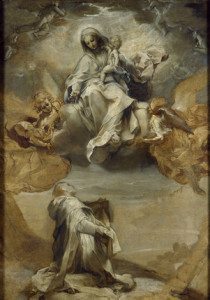
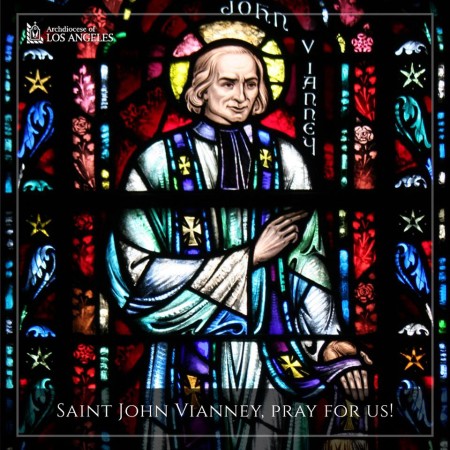 St. John Mary Vianney (1786-1859) –Image: Archbishop Jose Gomez
St. John Mary Vianney (1786-1859) –Image: Archbishop Jose Gomez 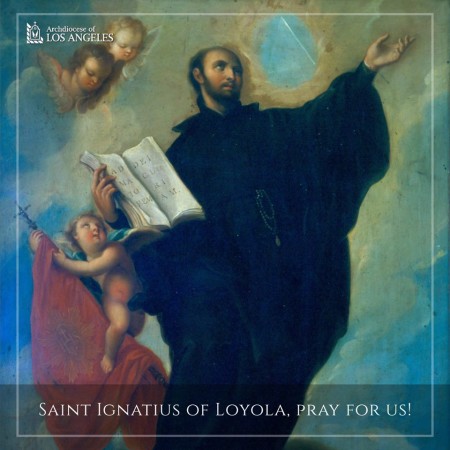 Saint Ignatius of Loyola (1491-1556)
Saint Ignatius of Loyola (1491-1556)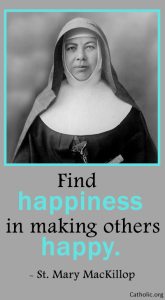
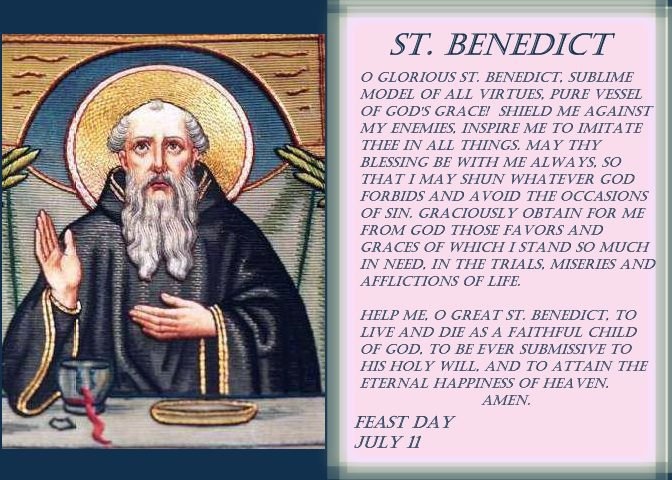 Saint Benedict of Norcia (480-543) Image:
Saint Benedict of Norcia (480-543) Image: 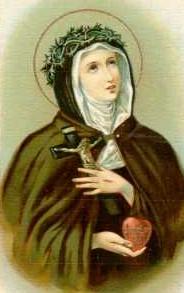
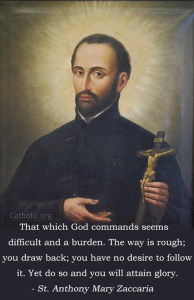
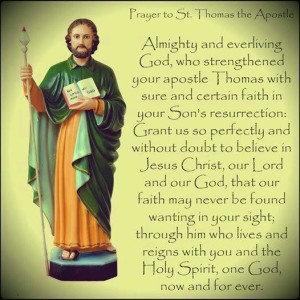
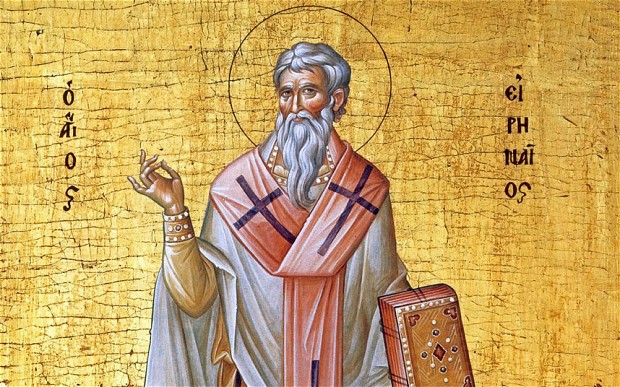 St. Irenaeus “The Glory of God is Man Fully Alive” –Image:
St. Irenaeus “The Glory of God is Man Fully Alive” –Image: